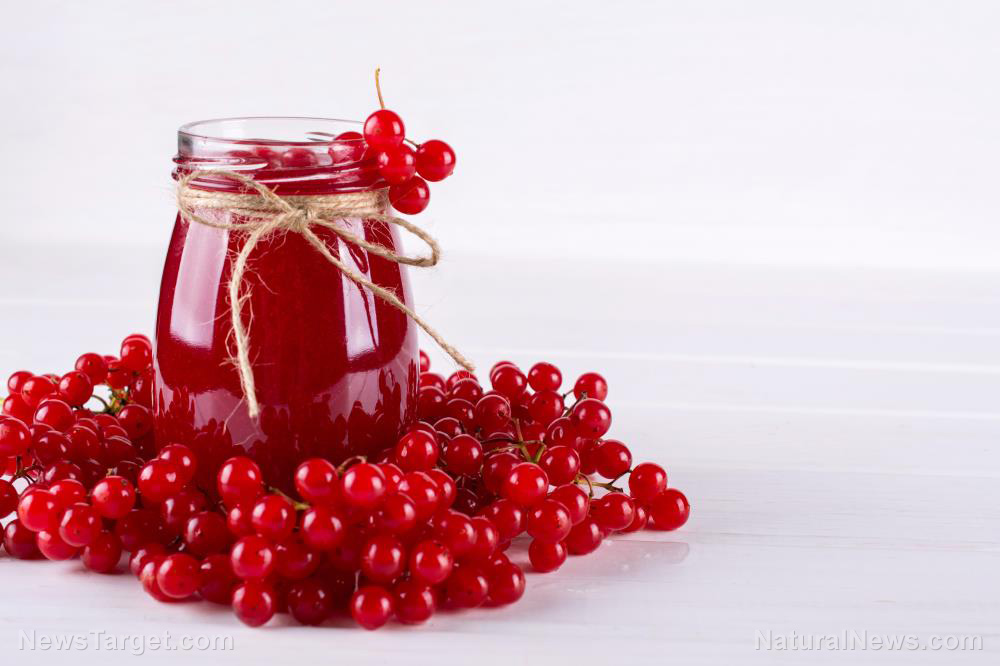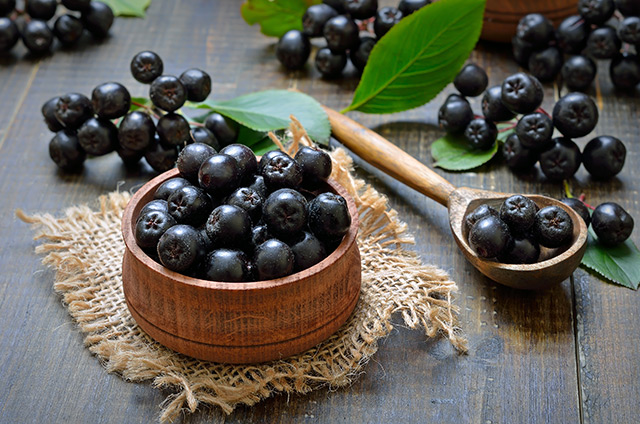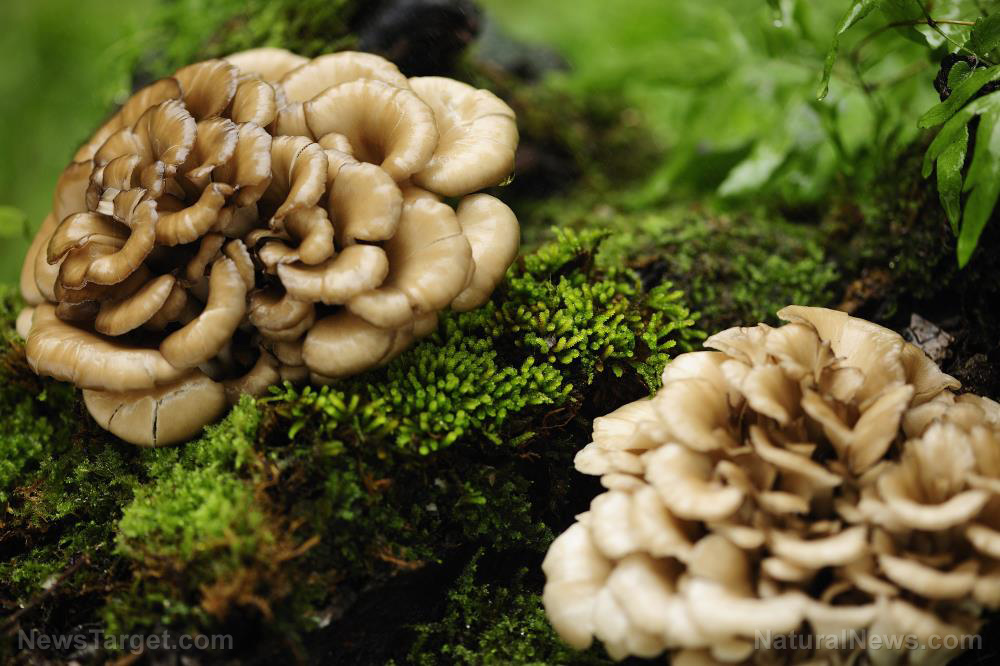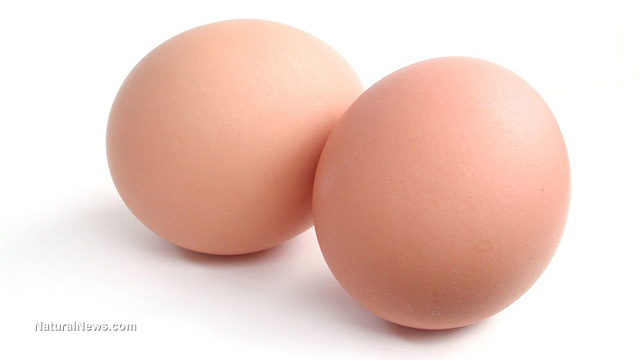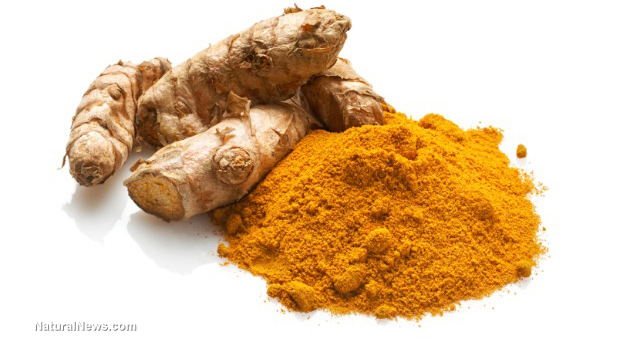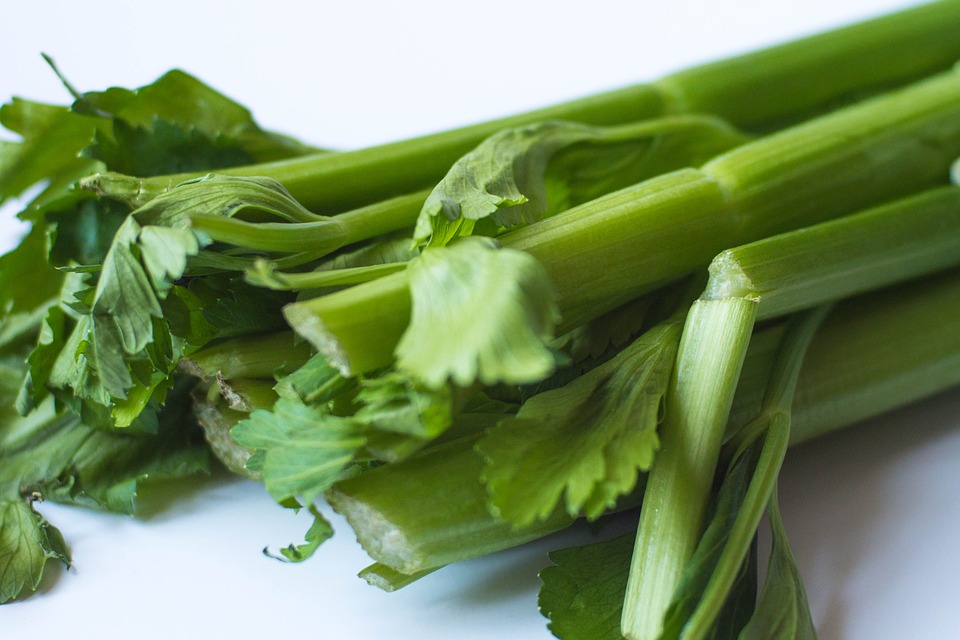Traditional farming methods in Mexico help keep the maize industry alive
02/13/2019 / By Isabelle Z.

Modern biotech has made a lot of promises when it comes to agriculture, and although those in the industry might claim they have revolutionized it in recent years, the changes haven’t exactly been for the better. In fact, when you take a look at traditional farming methods like those used in Mexico, it’s clear that the “old” ways of approaching agriculture are a lot more valuable than people realize.
Scientific American recently profiled a Mexican farmer named Edilberto Garcia Cuenca, who is one of many there using traditional methods to keep the maize industry alive. He grows maize on a five-acre plot handed down from his family, and he plants beans there to help ensure the soil stays fertile. He lets the rain irrigate his crops, and in the rainy season, he plants the seeds he stored away during the previous cycle and takes care of the seedlings. With millions of other Mexican “campesinos” carrying out the same process on their own farms, there are billions of maize plants there that are genetically different and exposed to all manner of environments and selection practices.
It’s a revolution of its own, and it’s been taking place for thousands of years. According to a recent study, this largely un-scientific approach is responsible for most of corn’s genetic diversity across the North American continent. Not only are they preserving maize’s genetic diversity, but experts say they are generating more of it.
According to the study, which was published in Proceedings of the Royal Society B, campesinos accounted for planting more than 11.5 million acres of corn during the rainy season of 2010, the last season for which they had census data available, while commercial corn farmers planted just 3.2 million acres.
The researchers calculated that Mexican family farmers grew roughly 138 billion genetically different maize plants that year across a range of different altitudes and temperatures, which means rare mutations were able to emerge that would have disappeared otherwise.
Social scientist Mauricio Bellon, one of the researchers, said: “Campesinos are generating an evolutionary service that is essential for them, for the country and, given the global importance of maize, for the world.”
The variety is incredible, with colors ranging from white and pink to orange and deep purple. This is in stark contrast to the millions of genetically identical corn plants you’d see in a place like Iowa. Farmers in America buy their seeds rather than cultivating their own, which means evolution doesn’t get a chance to work its magic.
Centuries-old practice proves its value
University of California Davis Plant Geneticist Jeffrey Ross-Ibarra, who wasn’t part of the study, believes this practice is essential for feeding a growing population as it’s a system that is able to adapt to the changing conditions of our environment and world. Although there are some helpful new technologies, he said that “we shouldn’t ignore this pretty impressive and amazing resource that’s been around for thousands of years.”
Garcia Cuenca is familiar with the other side of the coin; he worked on a Minnesota farm for eight years. After returning to Mexico, he said he refuses to use any hybrid seeds. Not only are they too costly, but he said they need more care and water than his native maize. Across India, farmers who have been disappointed by the newer commercial farming techniques are largely returning to the traditional, organic approaches used there for centuries.
Time and time again, traditional farming continues to prove its superiority when it comes to providing sustainable yields in specific areas. Mixed crops and crop timing are approaches that have stood the test of time, and as more information comes to light about the damage biotechnology like genetic engineering is causing the environment and humanity, it’s likely that these traditional methods will soon become more prevalent yet again.
Read FoodScience.news for daily updates on the science of food and agriculture.
Sources for this article include:
Tagged Under: agriculture, corn, crops, environment, farming, food supply, harvest, maize, mixed crops, permaculture, real history, sustainability, traditional farming

